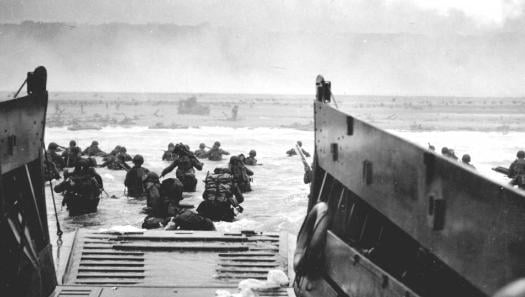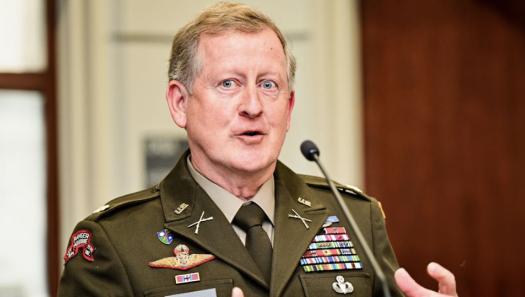Military & Veterans News
Vet News: Army to Call Up 5,600 IRR Soldiers
Joe Burlas, Army News Service
WASHINGTON, July 1, 2004 -- The Army plans to order 5,600 Soldiers in the Individual Ready Reserve to active duty for possible deployment with the next Operations Iraqi Freedom and Enduring Freedom rotations.
Mailgrams notifying those Soldiers to expect mobilization orders within a week could hit their mailboxes as early as July 6, according to officials who announced the measure in Pentagon press briefing June 30.
Those Soldiers called up will have 30 days from the date the orders were issued to take care of personal business before having to report to a mobilization site, officials said. The orders call for 18 months of active duty, but that could be extended for a total of 24 months if needed, they said.
The IRR call-up does not impact retired Soldiers, contrary to several civilian media reports on the subject that appeared on television and newspapers June 29 and 30.
"We’re dipping into an available manpower pool," said Robert Smiley, principal assistant for Training, Readiness and Mobilization, Office of the Assistant Secretary of the Army for Manpower and Reserve Affairs. "This is just good personnel management."
The IRR primarily consists of Soldiers who have served their contracted time on active duty or in an Army Reserve Troop Program Unit, but still have a military service obligation to fulfill, said Col. Debra Cook, commander for Human Resources Command – St. Louis, the Reserve’s personnel management center.
Congress mandates under Title 10 of the U.S. Code that all services have an IRR.
Every Soldier, enlisted or commissioned, has an eight-year military service obligation when he or she joins the Army, Cook said. Often, that commitment is divided between active duty or a TPU assignment and the IRR.
"You might have one Soldier sign up for four years on active duty, who then has a four-year IRR commitment, and another Soldier who signs up to serve with a Ready Reserve unit for six years and two years in the IRR -- both have IRR commitments to meet their military service obligations," Cook said. "The enlistment contract spells out exactly what the division is between how long they serve on active duty or a Ready Reserve unit and how long in the IRR."
This is not the first time the Army has used the IRR to fill its manpower needs. During the Gulf War, more than 20,000 IRR Soldiers were mobilized and deployed. Since the terrorist attacks of Sept. 11, 2001, the Army has called up more than 2,500 IRR Soldiers -- the majority through IRR volunteers, though some have been involuntary call-ups.
The main purpose of this IRR call-up is to fill personnel shortfalls in a number of Army Reserve and National Guard units that have been tagged to deploy overseas as part of the OIF 3 and OEF 6 rotations planned for late fall, Smiley said. Many of the personnel shortfalls are for Soldiers already assigned to the deploying units who are not deployable due to medical, family or legal issues, he said.
The actual mobilization and deployment requirement is for about 4,400 Soldiers, but personnel officials expect to find some of the IRR Soldiers with similar medical, family and legal issues that may keep them from being deployable.
Historically speaking, the Army needs to mobilize about 13 IRR Soldiers to get 10 deployable Soldiers, said Raymond Robinson, G1 chief of Operations.
The called-up IRR Soldiers will spend about 30 days at a mobilization installation, getting checks to see if they are qualified for deployment, getting individual weapons qualification, conducting Common Task Testing and receiving training in a number of warrior tasks that reflect the realities of today’s operating environment, including how to recognize an improvised explosive devise and reacting to an ambush.
Those who do not pass the readiness muster at the mobilization installation for reasons including anything from medical and legal reasons to physical challenges may be disqualified and sent home, Robinson said. Those who pass the muster will be sent on to military occupational specialty schools to get refresher training, normally lasting between two to four weeks. The final stop is joining the deploying unit at least 30 days before deployment for collective training as a unit.
While the specific jobs the called-up Soldiers will fill are varied, Cook said the heaviest requirements include truck drivers, mechanics, logistics personnel and administrative specialists.
"We will not deploy any Soldier who is not trained or ready," said Bernard Oliphant, deputy for the Army Operations Center’s Mobilization Division, G3.
As of June 22, the IRR contained slightly more than 111,000 Soldiers.
SOURCE: VNIS


